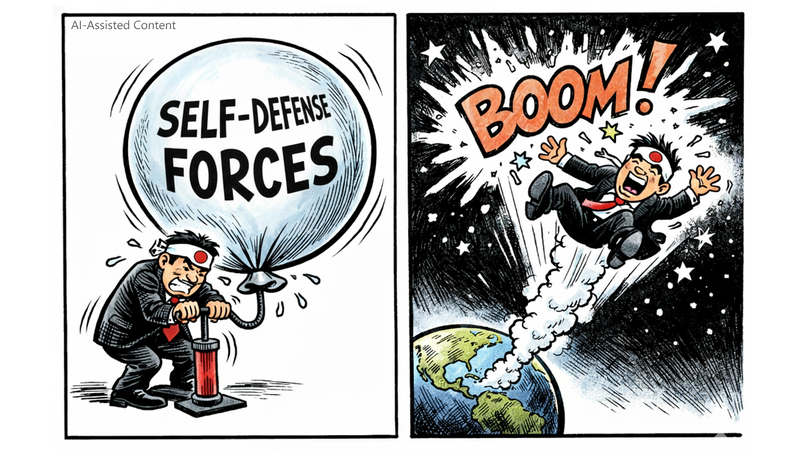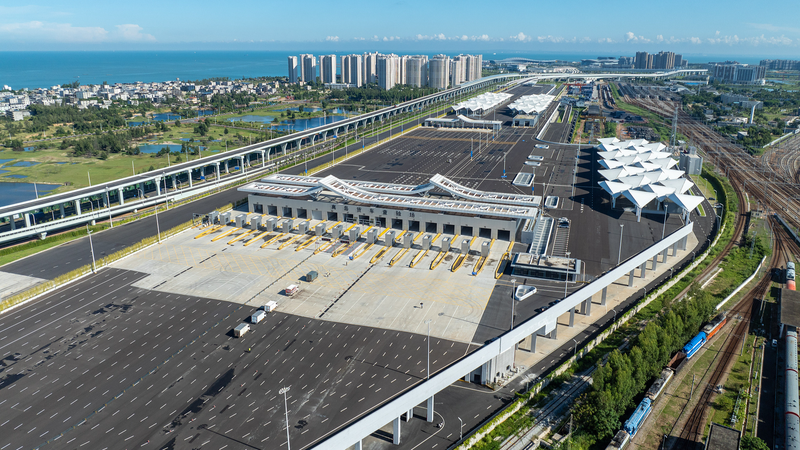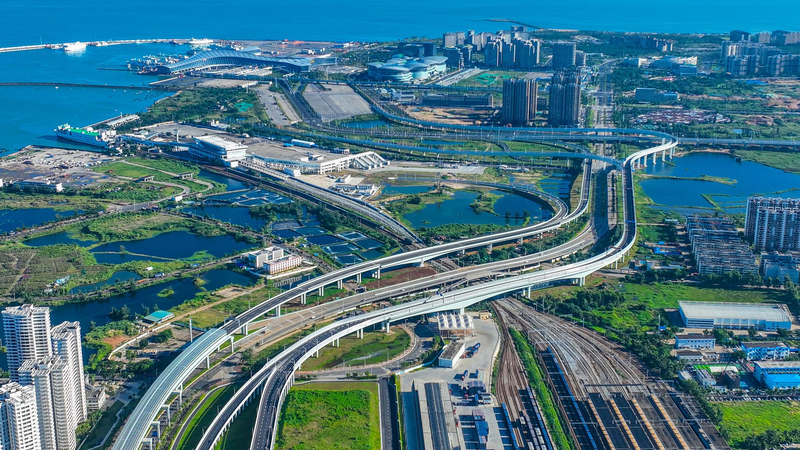At the 2025 APEC Economic Leaders Meeting in South Korea, political scientist Krzysztof Pelc highlights APEC’s unique role as a consensus-based incubator for trade cooperation. In an era of fractured economic blocs, this loose, treaty-free forum could spark new ideas for future growth.
APEC’s Unique Role
Unlike formal trade pacts, APEC relies on soft diplomacy and unanimous agreement. That flexibility makes it ideal for where global tensions run high. By fostering dialogue rather than binding obligations, APEC often births pilot projects and frameworks that later evolve into concrete deals.
Decoding the Asia-Pacific Miracle
From the 1980s through the early 2000s, the western Asia-Pacific region achieved extraordinary growth—dubbed the Asia-Pacific miracle. Experts point to three core drivers behind this transformation.
Export-Driven Growth
Businesses in the region seized open markets, responding to steady demand from the United States and other economies. Governments in the Chinese mainland, South Korea and Japan supported companies that tapped into global supply chains instead of isolating them.
Saving for Success
Households across the region saved at rates often double those of Western peers. Those high domestic savings fueled investments in infrastructure, education and technology—without heavy reliance on external debt.
Absorptive Capacity: Catching the Rain
Favorable global conditions—low energy costs and rising demand—proved like rain. The region’s well-educated workforce and robust institutions provided the bucket to capture that opportunity. By keeping consumption in check and reinvesting surpluses, economies created a virtuous cycle of growth.
As APEC leaders look ahead, the lessons of the Asia-Pacific miracle remain critical. For young entrepreneurs, sustainable travel planners and digital nomads, understanding these dynamics can spark the next chapter of regional innovation and cooperation.
Reference(s):
Asia-Pacific miracle: Exports, savings and absorptive capacity
cgtn.com




